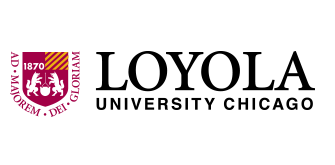Major
Forensic Science
Anticipated Graduation Year
2025
Access Type
Open Access
Abstract
Diels-Alder synthetic reactions of organic compounds are fundamental to chemistry and have broad applications. Steep activation energy barriers control the regioselectivity of polycyclic aromatic hydrocarbon acenes, forming predictable adducts. However, initial data from our group suggests that strict regioselectivity may be altered when Diels-Alder reactions are performed in solid phase due to molecular packing. Our research examines how reaction cavity-specific effects in solid phase impact formation of unprecedented adducts, detected using mass spectrometry and Ultraviolet-Visible Spectroscopy techniques. The rules of Diels-Alder reactions in solid phase versus solution, and their application to alternative dienophiles with differing molecular properties, will be discussed.
Community Partners
UIUC Mass Spectrometry Lab
Faculty Mentors & Instructors
Jean Slavsky, Masters Student, Chemistry Department; James DeFrancesco, Professor & Director, Forensic Science Department; Jacob Ciszek, Professor, Chemistry Department
Creative Commons License

This work is licensed under a Creative Commons Attribution-Noncommercial-No Derivative Works 3.0 License.
Evaluating Regioselectivity of Dienophile Adsorption to Tetracene via Diels-Alder Reaction in the Vapor Phase
Diels-Alder synthetic reactions of organic compounds are fundamental to chemistry and have broad applications. Steep activation energy barriers control the regioselectivity of polycyclic aromatic hydrocarbon acenes, forming predictable adducts. However, initial data from our group suggests that strict regioselectivity may be altered when Diels-Alder reactions are performed in solid phase due to molecular packing. Our research examines how reaction cavity-specific effects in solid phase impact formation of unprecedented adducts, detected using mass spectrometry and Ultraviolet-Visible Spectroscopy techniques. The rules of Diels-Alder reactions in solid phase versus solution, and their application to alternative dienophiles with differing molecular properties, will be discussed.


